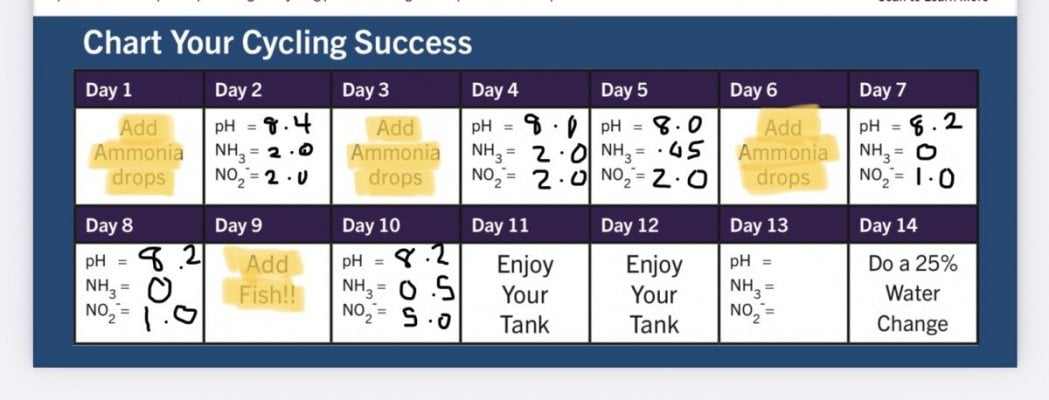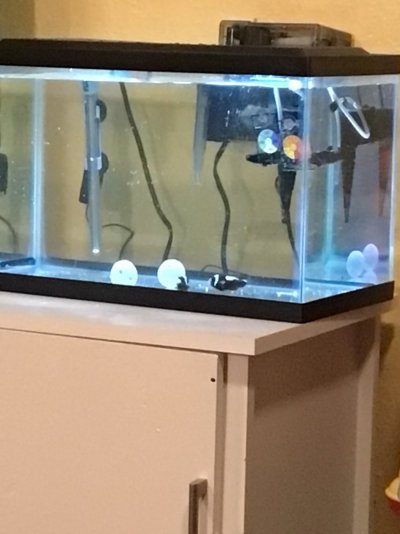who today has a false stuck cycle thread we can fix last month

there are no stuck cycles on this entire board. Try and post here today any example from any tank at reef2reef that isn’t ready to begin.
who’s seeking disease preps early on from post #1 in our thread here
prediction for any potential stuck cycle posts today: not a seneye cycle.
when I say ready above, that specifically means if we stopped using non digital kits running their thread, and hooked up a seneye instead, the fear would end and the readiness would be apparent.
since seneye isn’t available for everyone we will use the other objective evaluations to referee their tank instead of cheap test kits. If they want to proof their cycle using the cheap kits, we can. They can run the calibration testing from post #1 link #1 in this thread.
I bet every tank on this site has already dosed and fed bottle bac and waited longer for deposition than Dr Reefs bottle bac study showed it takes for their brand of bacteria.
if you see doubt, reactive purchases, false stuck cycle reaction purchases, no clear start date then you’re seeing a Red Sea cycle or an api cycle, you’re not reading a seneye cycle. That’s the prediction in place. Scan down page one here of the new tanks forum, do you see any false stuck cycle threads?
there are no stuck cycles on this entire board. Try and post here today any example from any tank at reef2reef that isn’t ready to begin.
who’s seeking disease preps early on from post #1 in our thread here
prediction for any potential stuck cycle posts today: not a seneye cycle.
when I say ready above, that specifically means if we stopped using non digital kits running their thread, and hooked up a seneye instead, the fear would end and the readiness would be apparent.
since seneye isn’t available for everyone we will use the other objective evaluations to referee their tank instead of cheap test kits. If they want to proof their cycle using the cheap kits, we can. They can run the calibration testing from post #1 link #1 in this thread.
I bet every tank on this site has already dosed and fed bottle bac and waited longer for deposition than Dr Reefs bottle bac study showed it takes for their brand of bacteria.
if you see doubt, reactive purchases, false stuck cycle reaction purchases, no clear start date then you’re seeing a Red Sea cycle or an api cycle, you’re not reading a seneye cycle. That’s the prediction in place. Scan down page one here of the new tanks forum, do you see any false stuck cycle threads?
Last edited:
























